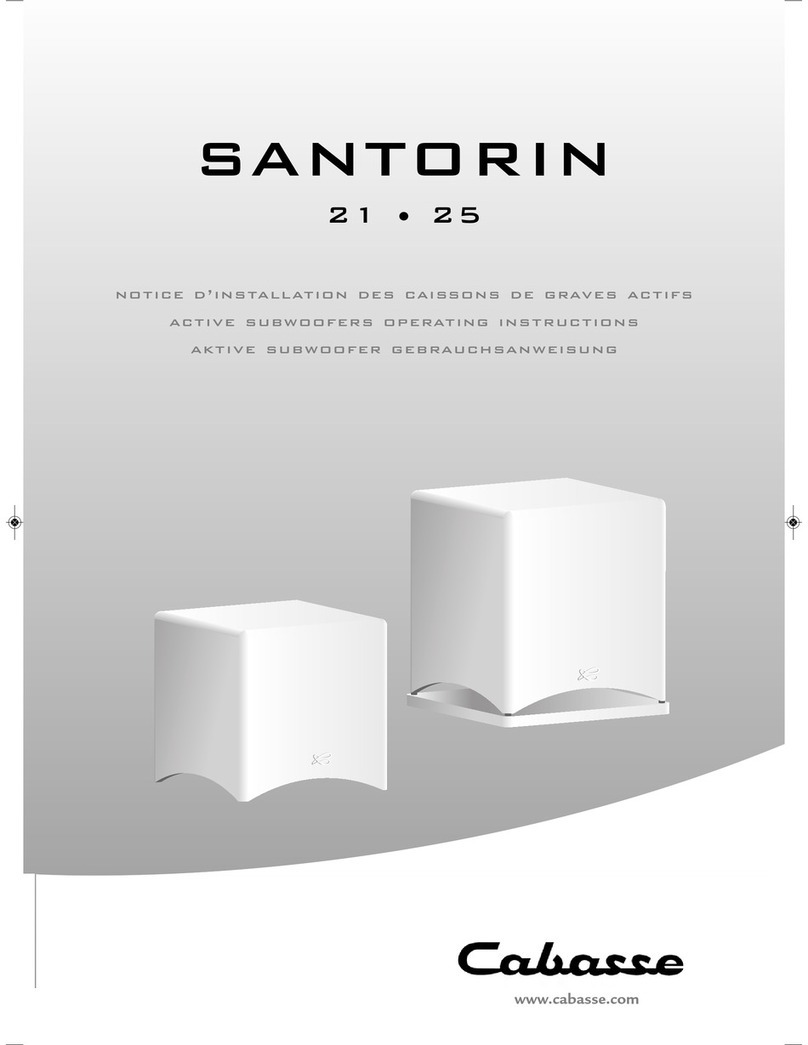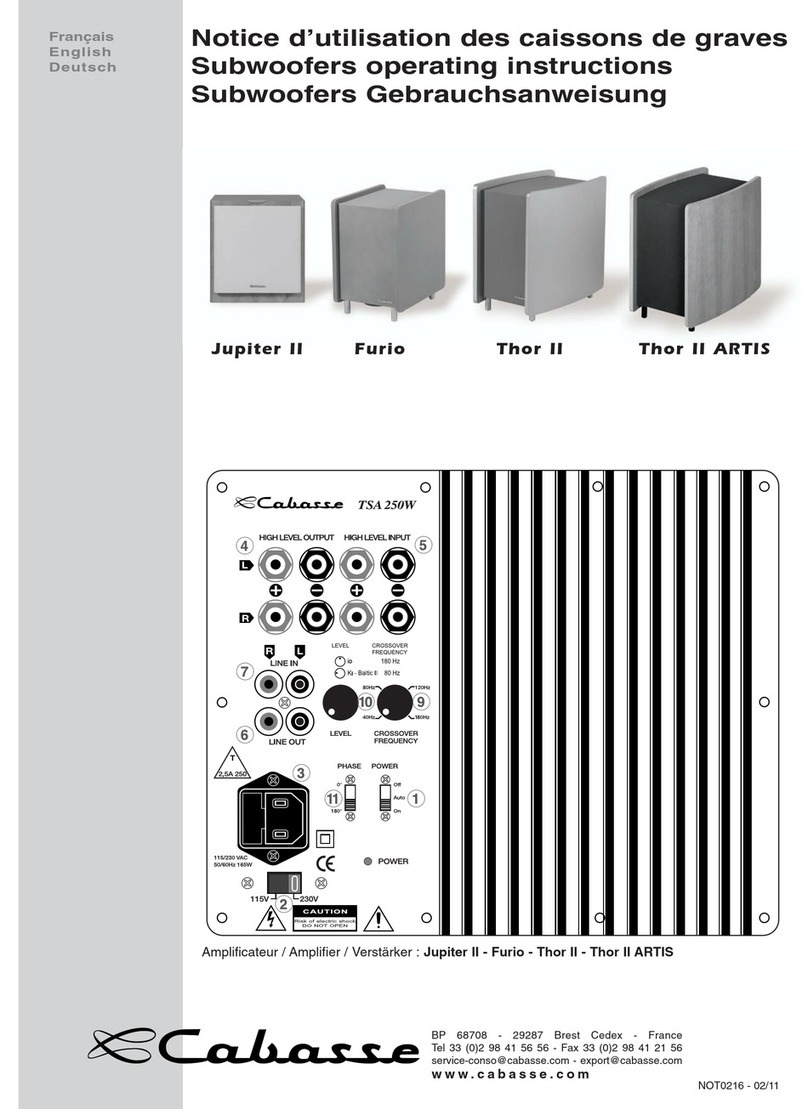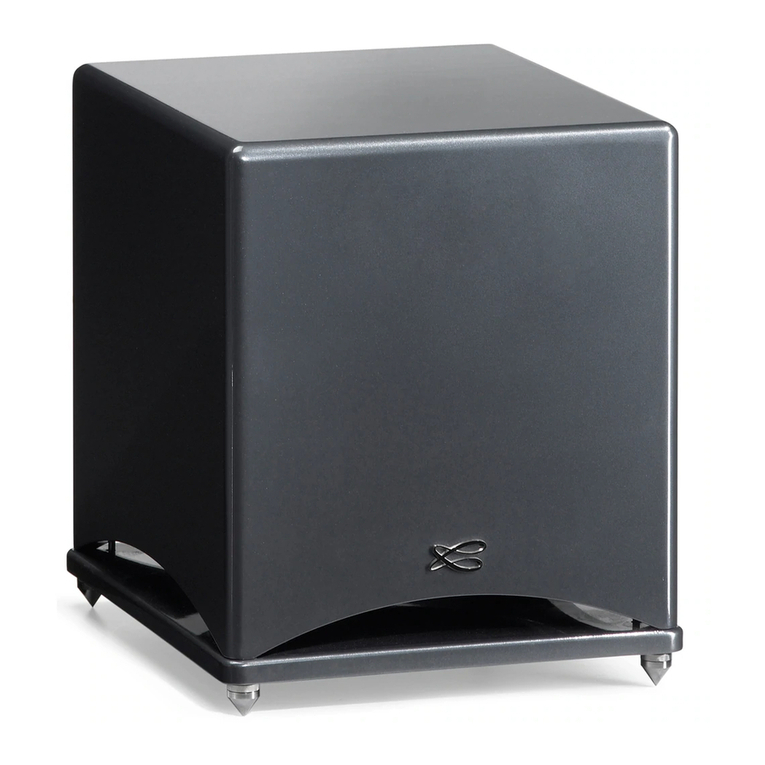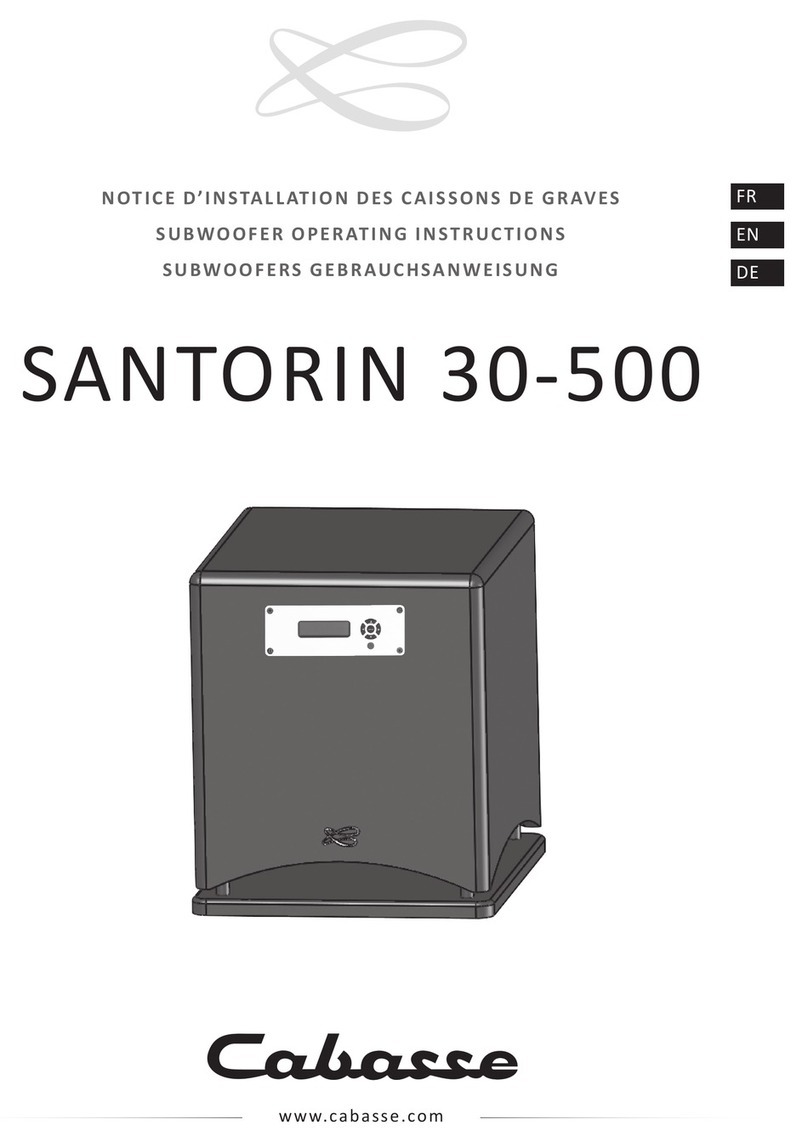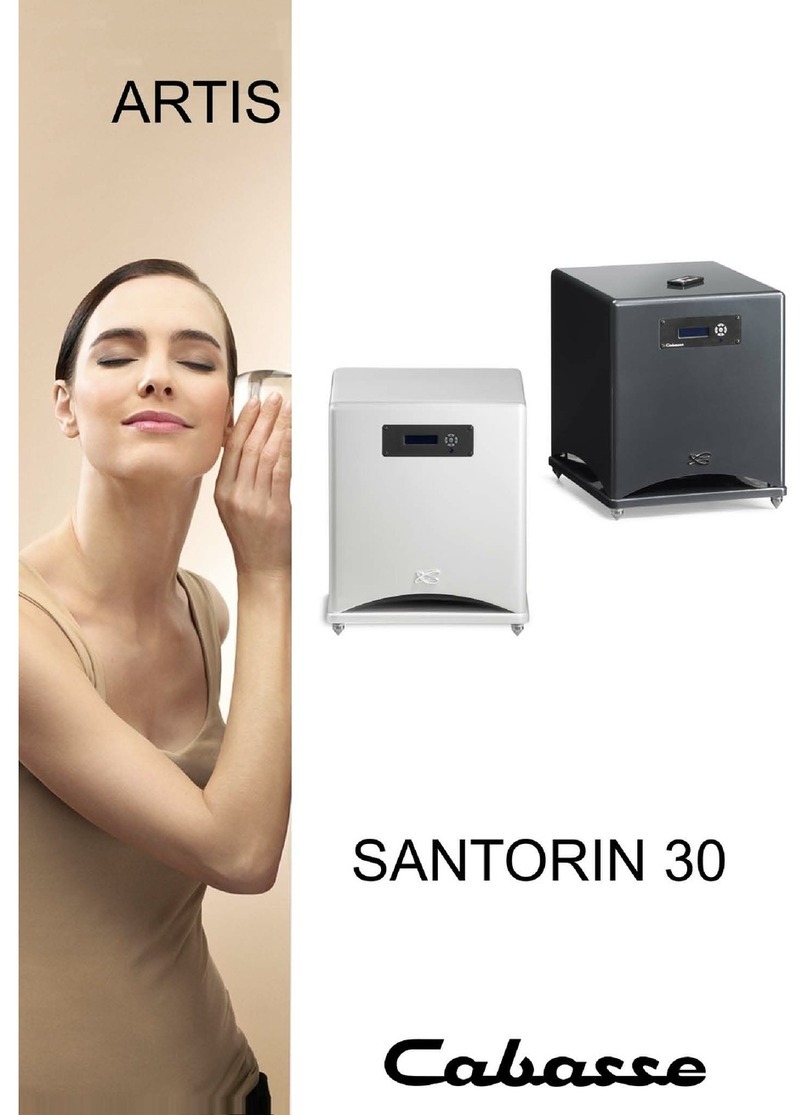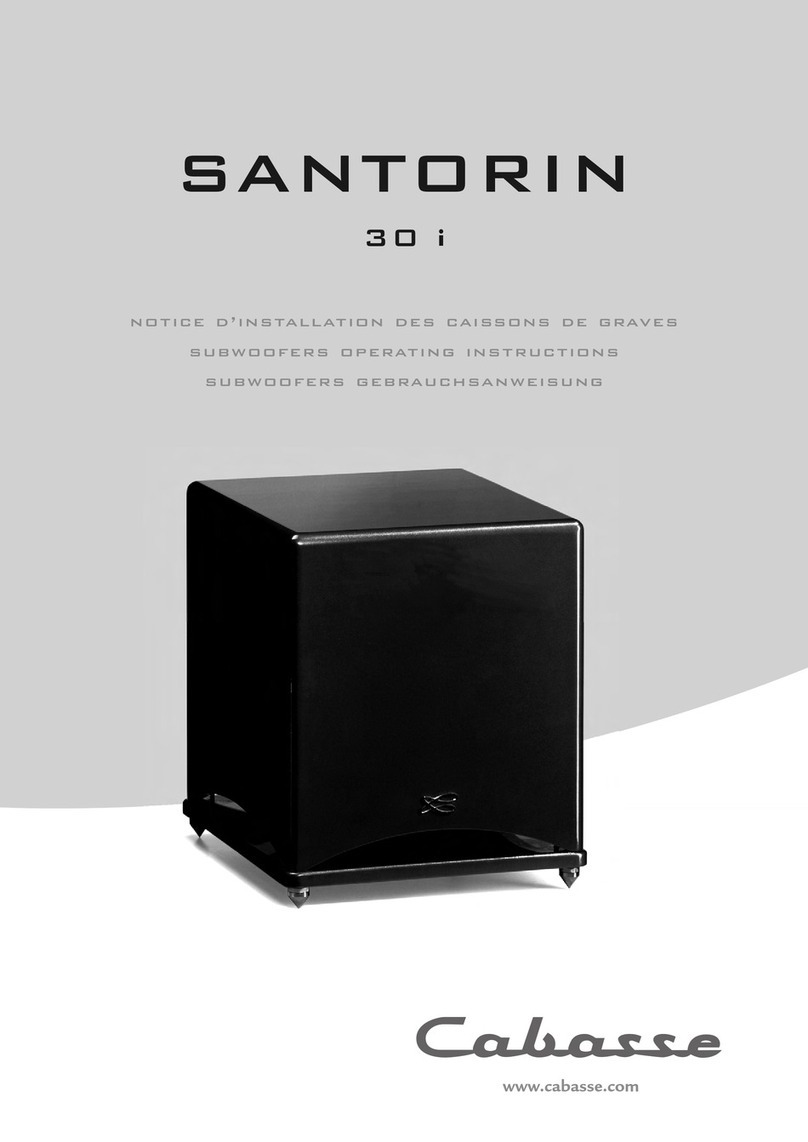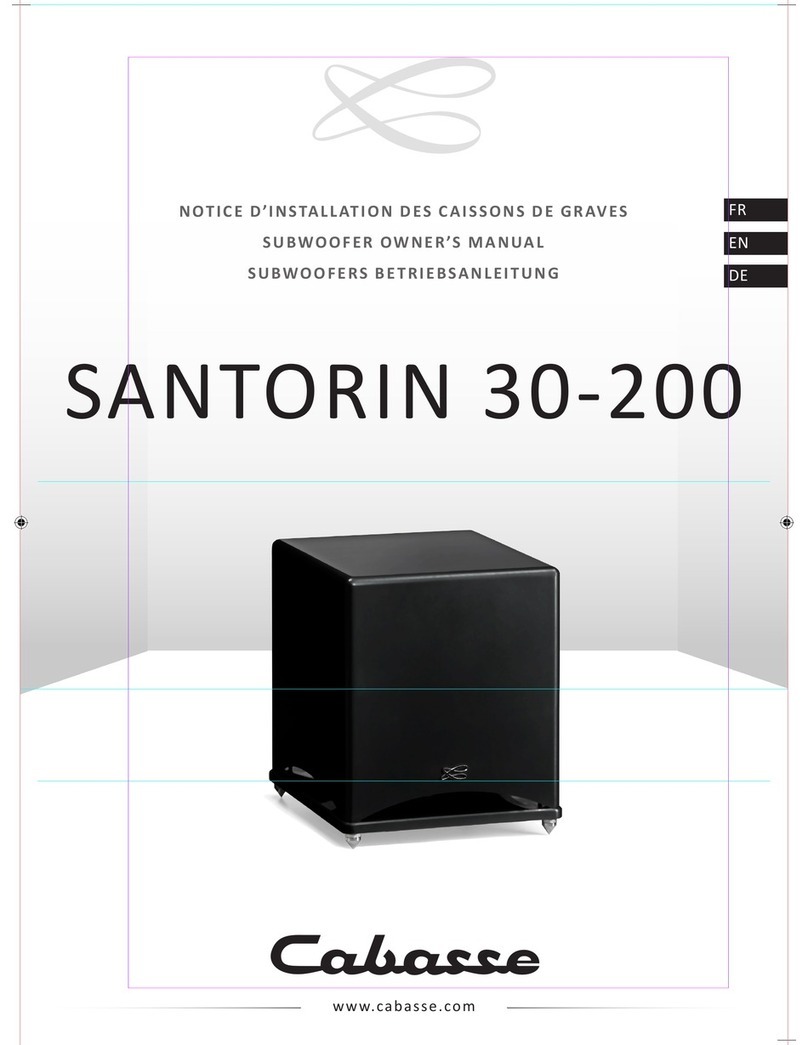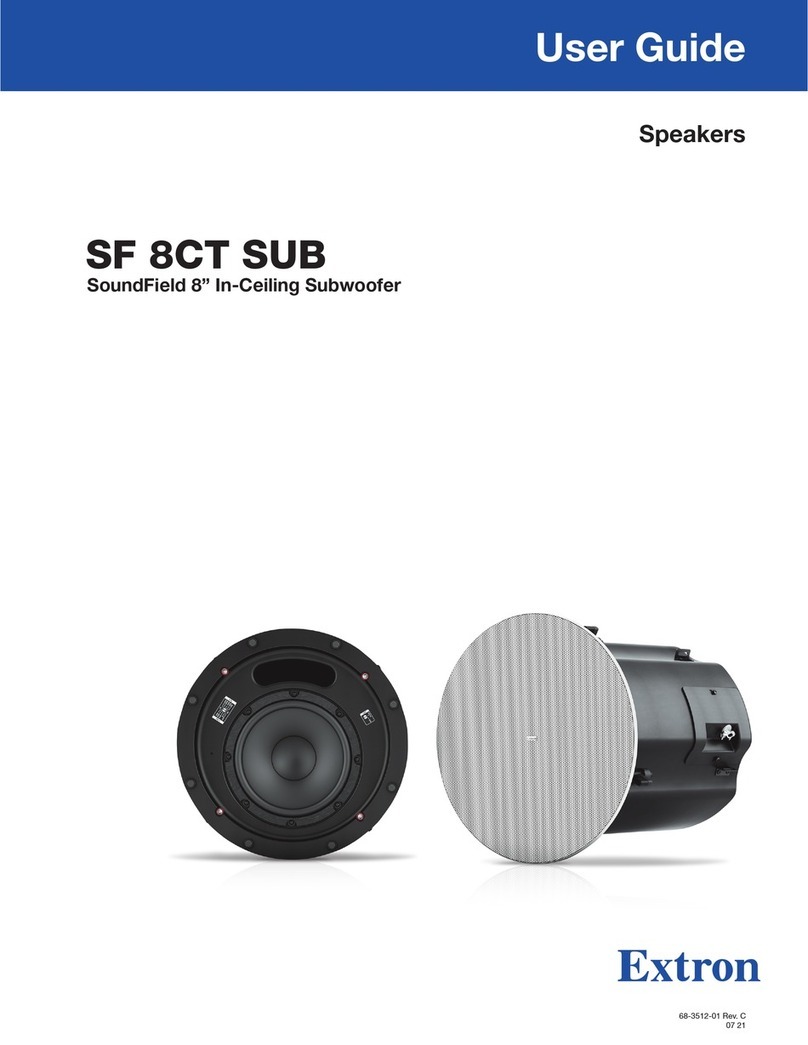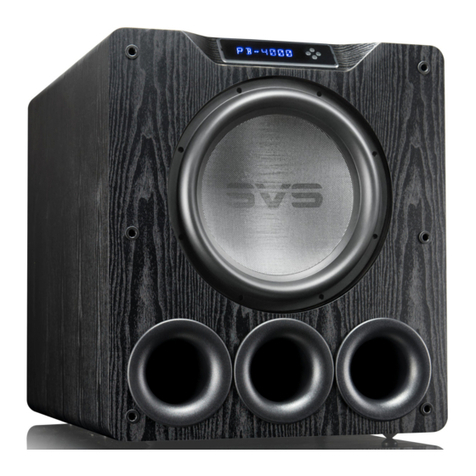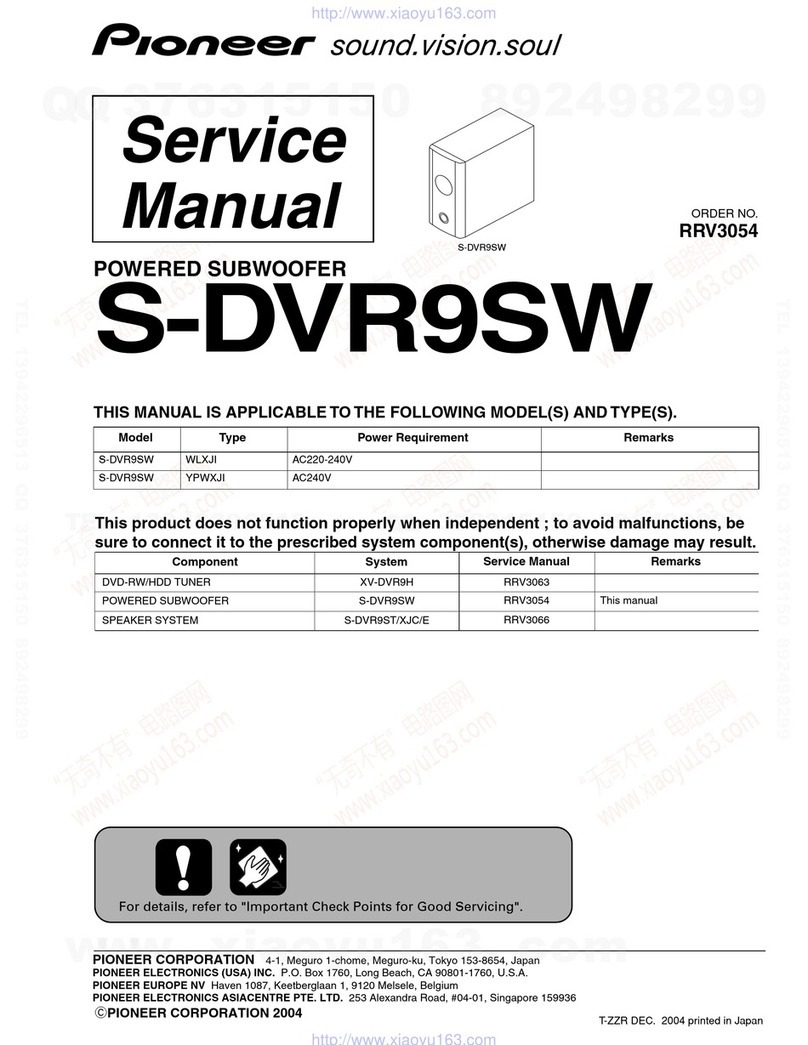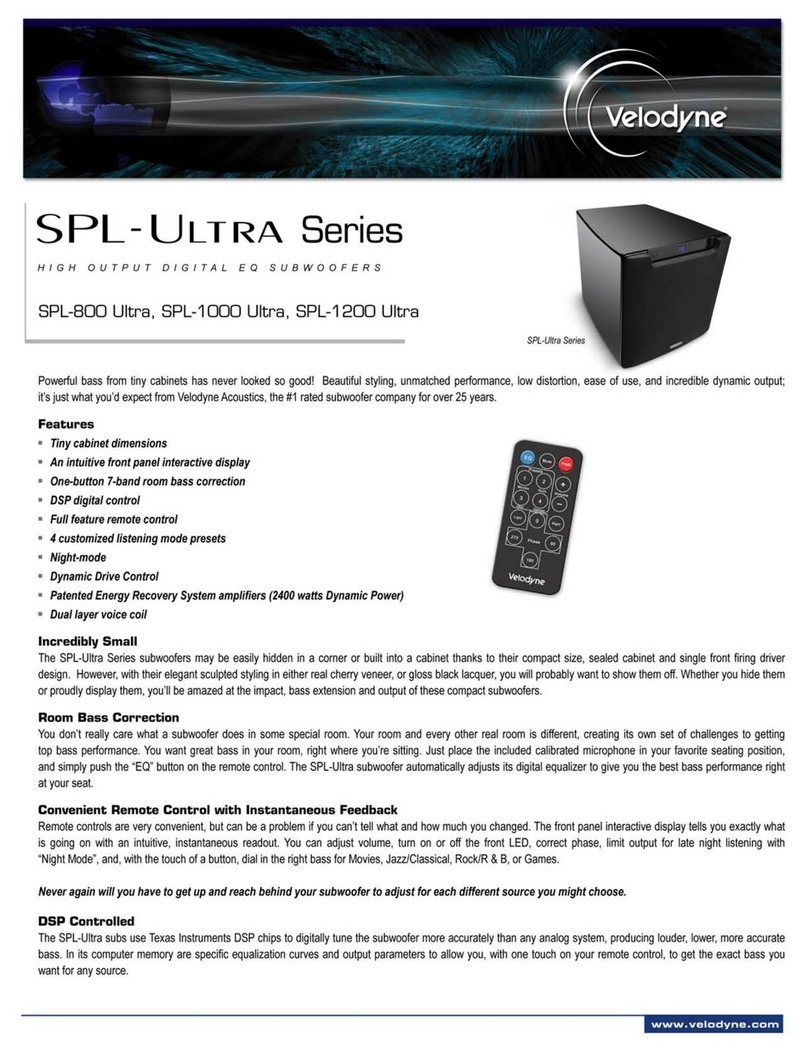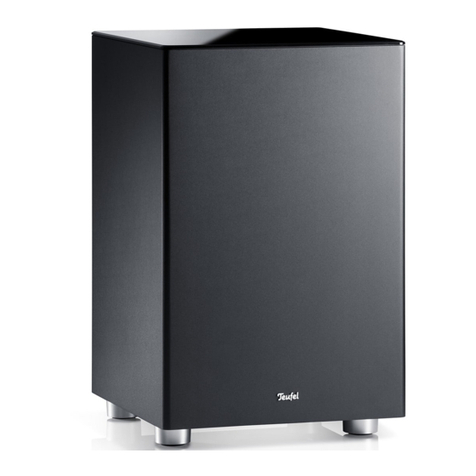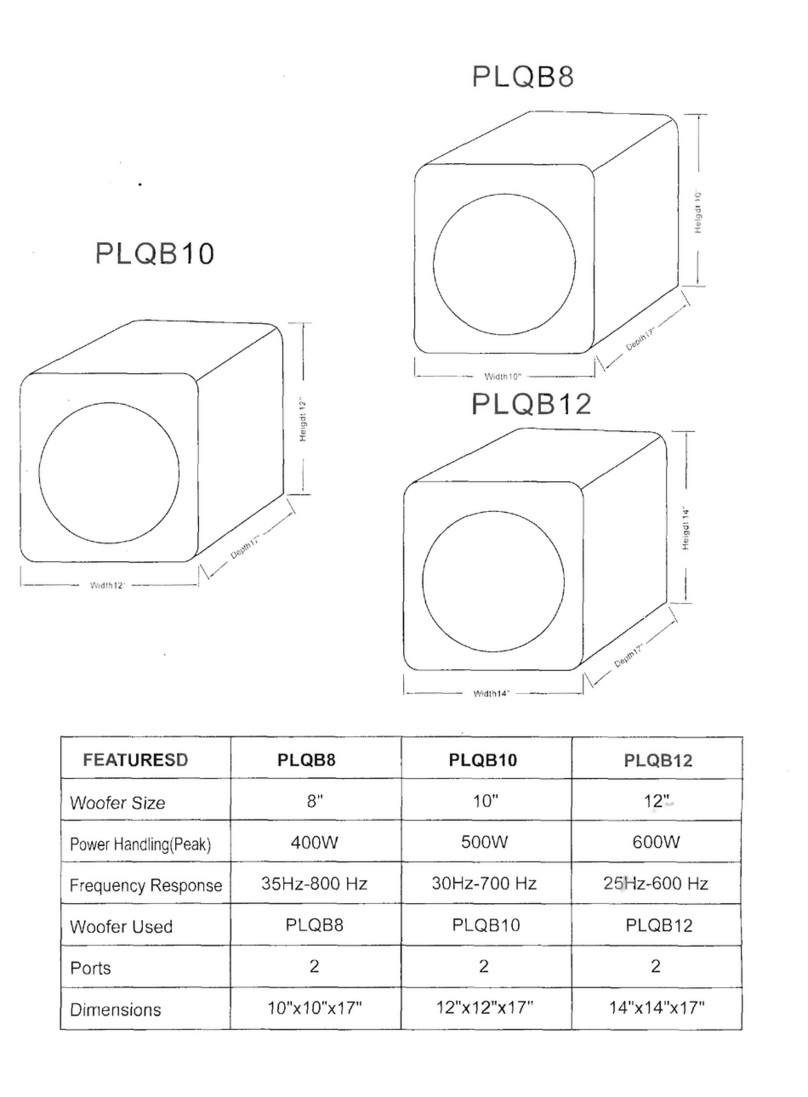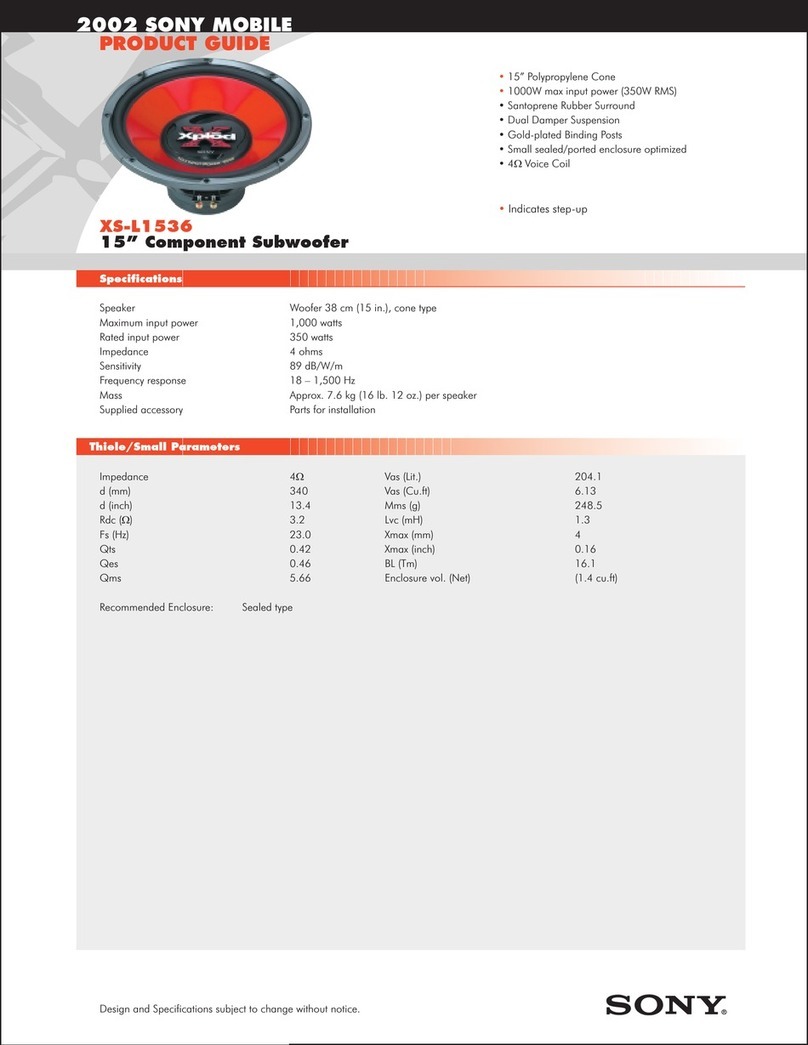en g l i s h
SAFETY INSTRUCTIONS
Explanation of graphical sym-
bols -
The lightning flash with
arrowhead symbol, within an
equilateral triangle, is inten-
ded to alert you to the presence of
uninsulated “dangerous voltage”
within the product’s enclosure that may be of sufficient magnitu-
de to constitute a risk of electric shock to persons.
The exclamation point within an equilateral triangle is intended
to alert you to the presence of important operating and
maintenance (servicing) instructions in the literature accom-
panying the appliance.
Instructions -
Carefully read through all the safety and oper-
ating instructions before switching on any device for the first
time.
Keep these instructions in mind -
They will be constant-
ly referred to through this manual.
Pay special care to warnings -
All the warning labels on the
product or warning notes in the user’s manual must be followed.
Follow the instructions -
ollow carefully all the installation
and operation instructions.
Cleaning -
Always remove the power cord before cleaning the
device. Do not use cleaning solvent, whether liquid or air spray.
Using a soft damp cloth is recommended.
Accessories -
To avoid incidents, only use accessories express-
ly recommended by Cabasse.
Water and moisture -
The product shall not be used in
damp or wet locations, such as humid basements, next to a bath-
tub, sink, swimming pool or any other similar conditions.
Carts and Stands - The appliance should be used
only with a cart or stand that is recommended by the
manufacturer.
> Portable cart warning
Installation on a piece of furniture and stands -
Do not
place this device on an unsteady surface, i.e. a stand, tripod,
table, shelf, etc. It may fall and cause serious injury to a nearby
child or adult.
Ventilation outlets -
The device shall not be placed in a posi-
tion that restrains the operation of its fans. Avoid installing the
device on a bed, couch, blanket or other similar surfaces that
may prevent the appropriate air flow. Do not install the device in
a confined space, such as a book shelf or other piece of furniture,
that could prevent sufficient air from flowing freely.
Power -
The device shall only be connected to a source of pow-
er compliant to the one described in this manual or on relevant
printed labels on the product. If you are not sure of the type of
power available, please contact your reseller or the local power
company.
Power cords -
The power cords must be laid out in such a way
that they cannot be walked on, pinched, bent under
other devices. Also pay special attention to the matching of the
plugs and the connection of the cord to the device.
Plastic bags -
Keep them away from children to prevent any
risk of suffocation.
Lightning -
or better protection against lightning or if the
device must remain unused for long stretches of time, unplug
the power cord and antenna jack. This minimises potential dam-
ages due to lightning or line surges.
Overloads -
Avoid overloading the power plugs, extension
cords or power relays. This could result in fire or electric shocks.
Foreign bodies and liquids -
Avoid letting foreign materi-
als or liquids enter the device. They could cause fire or electric
shocks. Never spill any liquid on the device.
Maintenance -
Users must never attempt to maintain the
device on their own, except for those maintenance operations
described in this manual. Any task beyond regular user mainte-
nance must be performed by qualified service operators.
Troubleshooting -
You must unplug your device from the
power supply and have it checked by a qualified technician if:
■The power supply or the plug is damaged.
■oreign bodies or liquid penetrated the device.
■The device was exposed to dripping or splashing.
■The device does not seem to work correctly under normal oper-
ating conditions. Only operate the controls described in this
manual. Any other operation could damage the device and require
on-site visit of a qualified technician.
■The device has fallen or its housing is damaged.
■The performances of the device are strongly altered.
Spare parts -
If spare parts are needed to repair the device,
make sure that the technician followed the manufacturer’s rec-
ommendations or that the replacing parts feature the same spec-
ifications as the original ones. Non-compliant parts can result in
multiple damages, including fire or electric shocks.
Checks -
After any servicing of the device, ask the technician to
perform appropriate testing to make sure that the device works
safely.
Exposure to high temperatures -
The device should be kept
away from heating sources, such as radiators, heaters, ampli-
fiers or any other similar item likely to make the operating tem-
perature rise excessively.
UNPACKING
The system is delivered in 2 cartons.
The larger packing includes one Santorin 30 subwoofer, a set of 4
decoupling cones, a power cable, the guarantee card and the owner's
manual.
The smaller packing contains a measurement microphone, a tabletop
microphone stand, a microphone amplifier with its power supply ,
2 XLR-XLR cables.
After opening the carton flaps of the main packing, fold them right
back and invert the carton contents.
After opening the top carton flaps, remove the grille. Then fold the car-
ton flaps right back and invert the carton contents.
Lift the carton clear of the contents and remove the inner packaging
from the speakers. We suggest you to retain the packing for future use.
hank you very much for choosing Cabasse speakers.
Please read these instructions carefully before setting up your speakers.
Caution ! o prevent electric shock, match wide blade plug to wide
slot, insert fully.
Applicable for USA, Canada or where approved for usage
